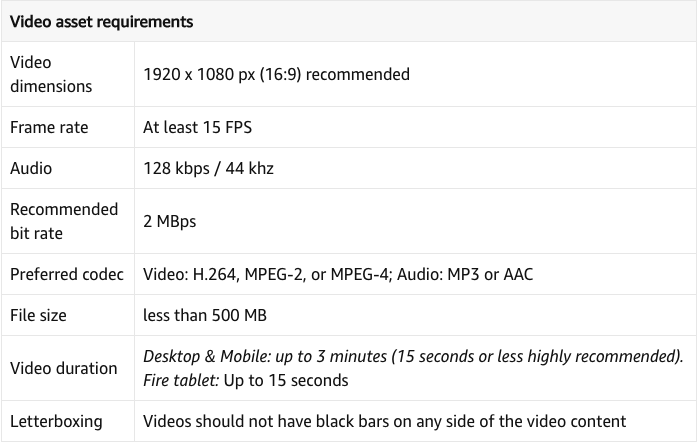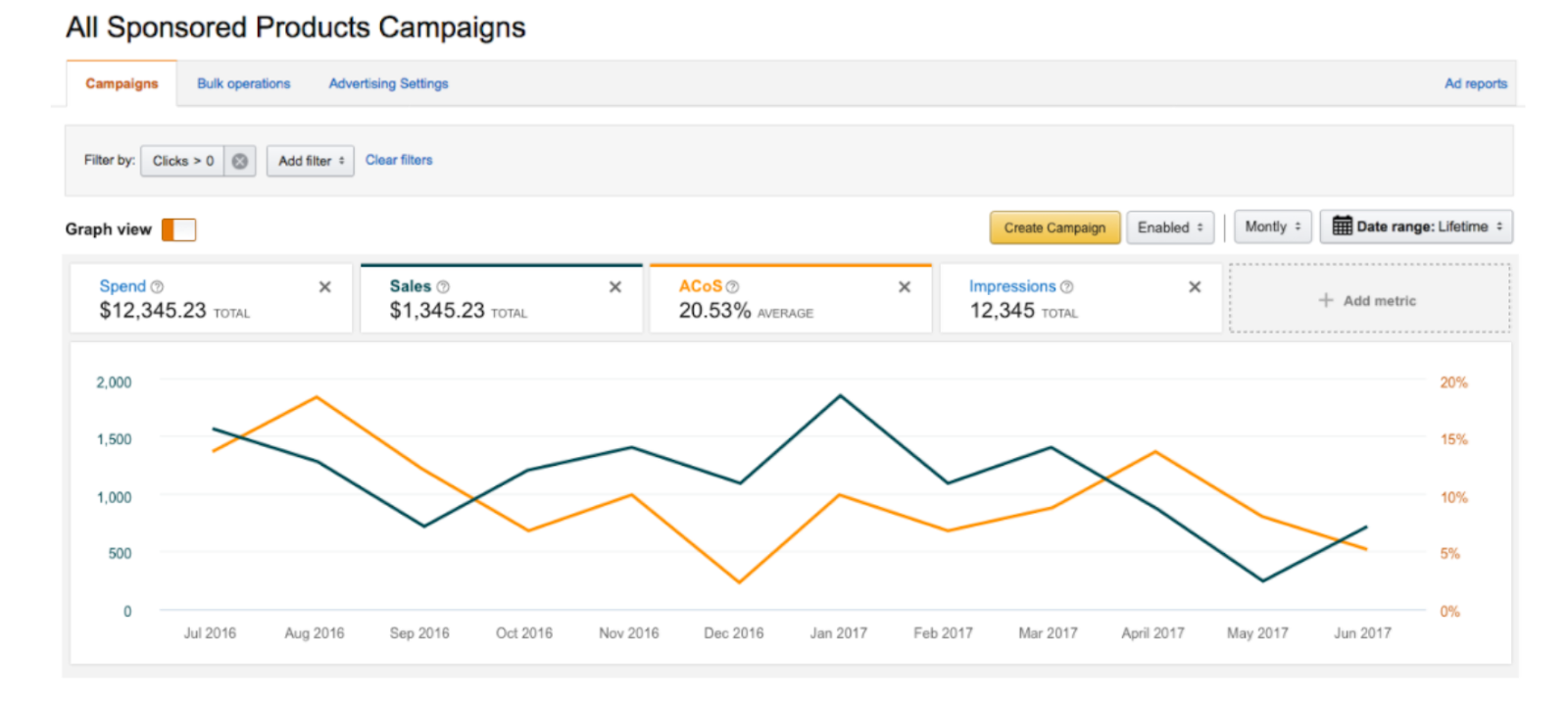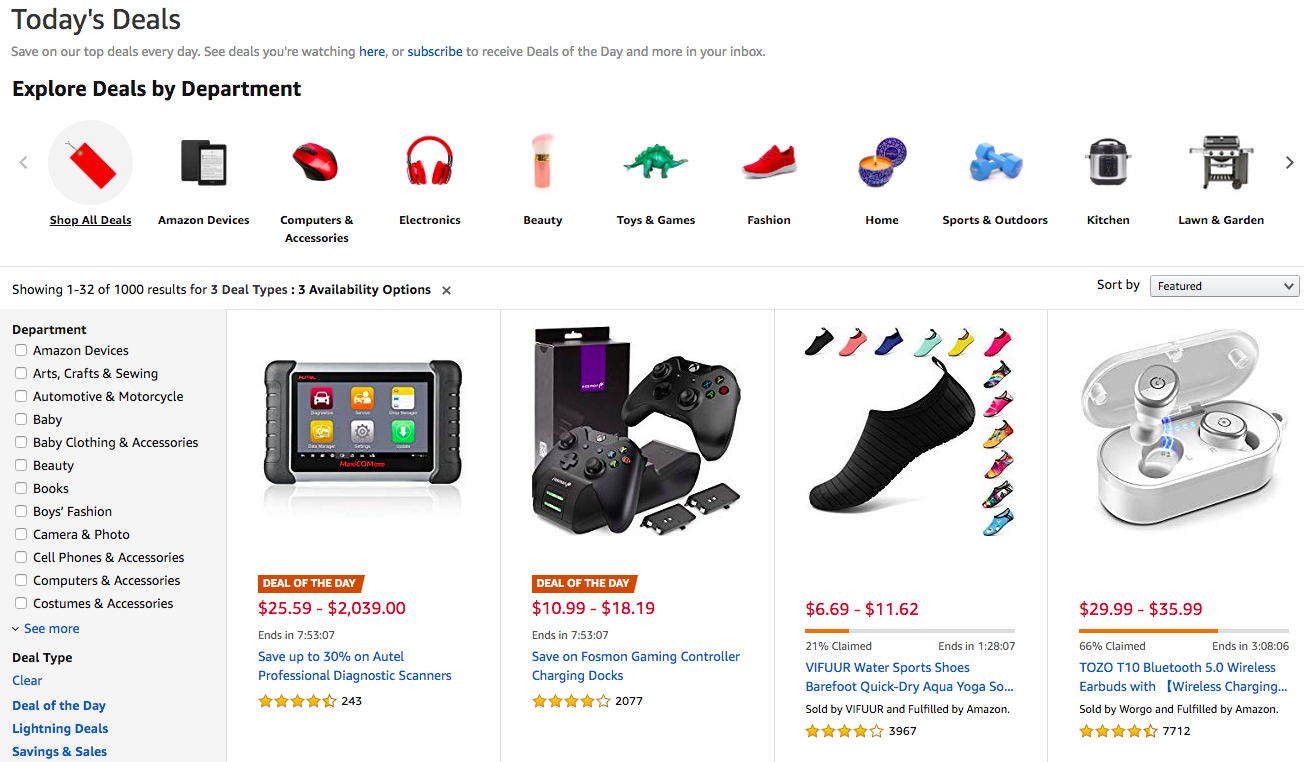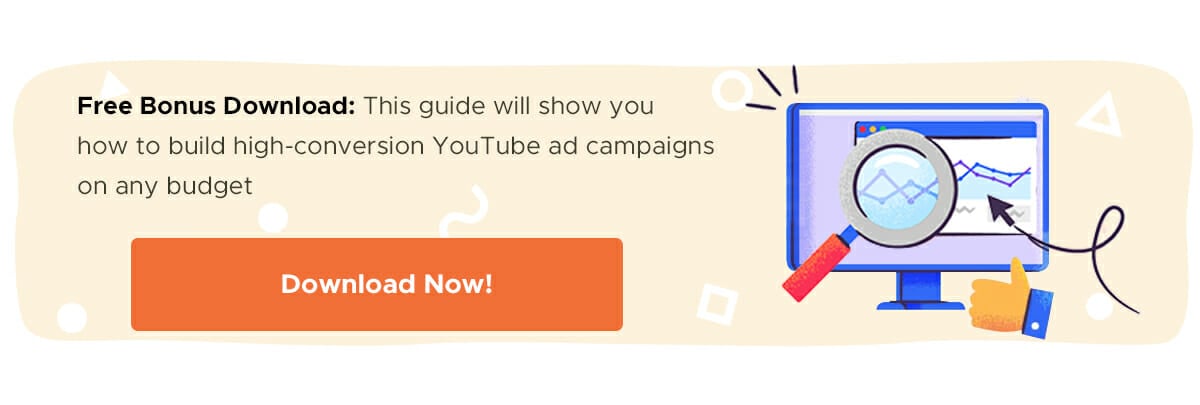Amazon is the first place people go to when they shop online. According to Statista, over 197 million people around the world shop on Amazon each month (that’s more than the entire population of Russia!).
In fact, from 2015 to 2018, Amazon rapidly outpaced Google as the #1 search destination for products and now owns 54% of all product searches and over 80% of all e-commerce market share.
Eventually, all your potential customers will start their searches on Amazon even if you’re not selling a product on the retail site. Just look at this chart of Amazon’s share of different e-commerce categories:

But buyers aren’t the only ones taking advantage of this retail giant’s platform – sellers are also experiencing amazing financial success on this platform. Feedvisor reported that nearly 20% of all professional Amazon merchants make over $1 million in sales annually in 2018, up 2x compared to 2017.
This isn’t surprising — according to a Comscore study, Americans spent more time on Amazon in one month than they did on the next 10 biggest e-commerce sites combined.
With numbers like these, we wanted to share concrete tips to help you increase your sales on Amazon, specifically through Amazon Ads.
Who Should Advertise on Amazon?
When 49.1% of all online retail sales in the U.S. is spent on Amazon, and more product searches are done on Amazon than on Google, the businesses that get the best ROI with Amazon advertising are B2C e-commerce brands. No surprises there.
Brands that focus on selling niche but popular products get the most traction because of framing — the consumers who see sponsored ads on Amazon are already in a shopping mindset (because they’re on Amazon in the first place).
Authors and booksellers also benefit greatly from Amazon advertising because of framing. Amazon remains the single biggest marketplace for sales of e-books, claiming 83% of all e-book purchases in the U.S.
This is reflected in Amazon’s Sponsored Products Program — any seller on Amazon Seller Central, Vendor Central or Kindle Direct Publishing can participate in the Sponsored Products Program and advertise their products as sponsored ads on Amazon’s SERPs.
Dive Deeper:
- Amazon Advertising 101: How to Get Started
- 7 Pro Tips for Retailers to Capitalize on Amazon’s Prime Day
- Amazon Advertising Tips for Success as an Amazon Seller
How Much Does It Cost to Run an Amazon Campaign?
AdBadger reports that as of January 2019, Amazon’s regular cost per click (CPC) is usually about $0.97.
That cost makes using Amazon Ads a better deal than the average CPC of:
- Bing Ads ($3.36)
- Google Ads’ Search Network ($2.76)
- Facebook Ads ($1.86)
Amazon’s advertising budget minimums are also very reasonable — $0.02 for CPC and $1.00 for daily budgets.
Not only do Amazon Ads generally cost less than other advertising platforms, but Amazon searches get a lot of businesses discovered. (We’ll go over some actionable tips you can use later on in this article to help decrease your advertising costs as a whole.)
Dive Deeper:
- Beginner’s Guide to Amazon PPC Ad Campaigns
- How to Collect and Use Emails Without Breaking Amazon’s Terms of Service
- Cracking Amazon’s A9 Algorithm: Increase Your Amazon Ranking to Sell More
Types of Amazon Ads
We’ll start by going over the different types of Amazon Ads, how to quickly optimize each of them, and then share some advanced tactics to maximize your conversions.
Sponsored Products
Amazon Sponsored Products are ads that are similar to the ads you see running in Google’s Shopping Network with the goal of promoting one specific product.
The Sponsored Product Ads use the PPC (pay per click) method, enabling you to advertise your products in the search results and drive Amazon customers right to the specific products you’re promoting on this platform.
If customers check out your sponsored product, they’ll be taken to the ad’s product detail page. As per PPC advertising in general, you’re only charged for your ad when someone clicks on it.
Sponsored Product Ads appear on the first page of search results (top, beside or within) or on product pages:

Here is another example of a Sponsored Product placement:

Ad types are keyword based and give marketers the ability to decide between broad, phrase or exact match they want for their campaign. Then marketers can set a daily budget that works for the length of that campaign. If needed, you do have the ability to stop or pause a Sponsored Product Ad whenever you want, but it must be active for 24 hours.
Sponsored Product Ad Cost
As mentioned, these ads are charged a cost per click, so you only pay when someone clicks on your ad. Amazon requires a minimum daily budget of $1, but otherwise, you decide how much you want to spend by setting your budget and how much to bid per click.
Optimizing Your Sponsored Product Ad
There are a few simple steps to help you start optimizing your Sponsored Product Ads:
- Step 1: Automatic targeting is your best bet when you’re starting out, as it enables Amazon’s search algorithms to recommend potential keywords for your niche products. You’ll have to choose a flat default bid on all keywords, but the idea is to get the data you need to find out how the different keywords perform. Keep testing your results and try different bid amounts.
- Step 2: When a couple weeks’ worth of keyword data is at your fingertips, start looking over your automatic targeting campaigns to find out which keywords performed the best. You’ll want to add those specific keywords to your manual campaign and ignore the rest of the results. This is important because a manual campaign enables you to adjust bids by keywords.
- Step 3: Add negative keywords to your Sponsored Product Ad to make sure that Amazon doesn’t display your ads for those low-value keywords.
Dive Deeper: Amazon Basics: Why You Need Automatic and Manual Campaigns
Sponsored Brands (formerly called Headline Search Ads)
Amazon’s Sponsored Brands, which used to be called Headline Search Ads, are also PPC-based keyword-targeted ads that are shown at the top or bottom of a search results page or on the left-hand column. Here is an example:

This ad type is meant to showcase between 1-3 products in a headline at one time as well as help grow brand awareness (hence the name). Clicking on your brand logo takes people to a custom landing page like this one for Tuft & Needle:

And clicking on a product ad takes them to the product page:

Both of these factors will help your products get discovered and lead customers to buy from you.
While Sponsored Products are usually for bottom-of-funnel (BOFU) conversions, Sponsored Brands is a better way to drive more top-of-funnel (TOFU) customers.
Sponsored Brand Cost
As with Sponsored Products, Sponsored Brand Ads are charged a cost per click, so you only pay when someone clicks on your ad.
For these, Amazon also requires a minimum daily budget of $1, but otherwise, you decide how much to spend by setting your budget and how much to bid per click. The more competitive your bid, the more likely your ad is to be displayed when it matches an Amazon shopper’s search.
Optimizing Your Sponsored Brand
To get started with these ads, the minimum cost per click is $0.02. Unlike other Amazon ad types, only two keyword support match types are allowed on headline search ads: phrase and exact match. The budget required for the most basic campaign is $100, limited to the cost of a $1 daily.
Here’s a quick step-by-step process to start optimizing your Sponsored Brand ads:
- Step 1: Figure out what your unique selling proposition is and how to convey that effectively to your audience. Your ad copy is only as good as that USP and how it best addresses your customer’s needs. Use a formula if possible and don’t forget to use the words that your customers are typing in search to find your business or products.
- Step 2: Target 30-40 keywords. Sponsored Brand Ads show up on the listing of the product that your customers are actively searching for. Though the location is fantastic, double check that you are getting the best keywords in your niche. Amazon’s Search Term Report is a great resource to help you get to know the words that your customers are using so that you can use them to your advantage:

- Step 3: Your conversions depend on creating specific ad groups with compelling headlines. Again, your unique selling proposition will help you establish what makes you different from your competitors. Don’t assume that because people on Amazon are ready to buy that they will just buy anything. You still need to give them a great reason to buy from you.
Dive Deeper: 7 In-Depth Amazon Advertising Case Studies to Inspire Your E-commerce Brand
Product Display Ads
Product Display Ads operate differently than the other two as this ad type is not keyword targeted, but rather product or interest targeted:

These pay-per-click ads drive customers to the product’s detail page and are paid for by cost per click.
Setting up a Product Display Ad begins with choosing from a ton of products that are similar to your products. This enables your ad to target customers who are already interested in your type of product, though each campaign can only have one targeted customer type at a time.
These ads show up at the bottom or the right of Amazon search results, the top of the listing page, email sequences or a customer review page. They also show up on sites and apps not owned by Amazon.

Product Display Ads Cost
You don’t need to sell your products on Amazon in order to be able to buy display ads. There are two options:
- Self-service Amazon DSP (“demand-side platform”) users can buy and manage their own display campaigns
- Sellers wanting a managed-service option can work with Amazon’s ad consultants (which requires a minimum spend of $35,000)
Display ads are sold on a CPM (cost-per-thousand impressions) basis, and prices can vary depending on the format and the placement. Amazon requires a minimum daily budget of $1 for Product Display Ads.
Optimizing Your Sponsored Brand
Here are a couple tips to get the most out of your Product Display Ads:
- Amazon recommends running Product Display Ads continuously because “over half of Amazon’s U.S. shoppers make multiple purchases per month and 80% make purchases at least once a month. Use Product Display Ads to convert these consumers automatically, in real time, year round.”
- Create ad campaigns that focus on both interest- and product-based targeting to increase the reach of your Product Display Ads. Amazon recommends that brands use both targeting methods.
- Product Display Ads are at their best when you know that your product will easily sell. You can upsell and cross-sell your products with highly relevant ads on product pages of similar items and broaden your reach.
- Andrew Maffettone of Seller’s Choice says: “When we do Product Display Ads for our Amazon sellers we like to take one ASIN (Amazon Standard Identification Number) and create a campaign targeting competitors’ ACoS’s (Advertising Cost of Sale). After a while, we’ll create more campaigns based on complementary products. So, if we’re selling belts, I may create a Product Display Ad campaign directed at jeans.”
Dive Deeper:
- 5 SEO Tips You Need to Know to Succeed in Your PPC Campaign
- How to Gauge the Success of Your PPC Campaign
- How to Use PPC Advertising to Get the Most Out of the Holidays
Video Ads
Finally, there are Amazon Video Ads, which typically show up in the same position as Display Ads. While not as common as video ads on other advertising platforms like Facebook, video ads on Amazon can be particularly powerful for brands looking to demo a niche or more complicated product or use cases that may not be obvious from a still image.
Amazon Video Ads are a great way to tell your brand story on Amazon or on other, trusted sites like IMDb, devices like Fire TV, and across the web.

By default, all Amazon Video Ads include the brand’s logo, a 50-character maximum headline, and a call-to-action button outside the body of the video. CTA buttons are limited to:
- Shop now
- Learn more
- See details
- Pre-order now
- Buy tickets
- Rent now
- Rent or buy now
- Get a quote
Video Ads Cost
Businesses can buy video ads whether or not they sell products on Amazon. Self-service Amazon DSP users can buy and manage their own video campaigns, while those seeking a managed-service option can work with Amazon’s ad consultants (which usually requires a minimum spend of $35,000).
Pricing for Video Ads varies depending on the format and placement.
Optimizing Your Sponsored Brand
Video Ads autoplay on mute once 50% of the advertisement appears above the fold and becomes visible to the visitor. Clicking on the video portion of the ad unmutes it and plays/pauses it, which is why Amazon discourages advertisers from embedding clickable buttons into their videos, as these will not work as intended. Be sure to design your video to be understandable even without sound.
Amazon requires all video ads to conform to these specifications:

Additionally, Amazon Video Ads are available in the following placements:
- Home Page – Desktop – 300 x 250
- Home Page – Smartphones (Below the Fold) – 300 x 250
- Home Page – Tablet Shopping App – 300 x 250
- Detail Page – Smartphones – 414 x 125
- Detail Page – Desktop – 970 x 250
- Fire Tablet (beta) (available in the US, UK, DE) (requires custom background)
You should use short video clips that get to the core of your brand message and deliver the product’s value proposition within the first 5 seconds of the video.
Dive Deeper:
- 9 SEO Areas to Focus On to Boost Your Video’s Visibility
- 20 Pre-Production Tips to Create Successful Video Content
- How to Make a Video That People Will Watch Til the End
9 Advanced Conversion Tactics
Given the fierce competition on Amazon, you must find ways to separate yourself from the crowded marketplace. A great way to do that is to optimize your Amazon ads.
Here are 9 tips to help you get the conversion ball rolling faster.
1) Know thy customer
Study your top competitors and find out:
- What keywords they’re using – If you sell backpacks, you may find that customers search for “North Face backpacks” and “Eddie Bauer backpacks”. Even if you don’t sell these, you can place your backpacks in those search results to get more exposure in your target market.
- What customers are saying about them – Amazon has plenty of reviews. Read the good ones, but also make a point to read the bad ones. Where does your product offer more value? And how can you convey that in your ad?
- How they are putting together their ads – What sort of language and design do they use? What are the price points?
2) Captivate with Your Copy
Good copy sells. As writer Ann Handley attests, good writing should be “simple, but not simplistic.”
Your ads should possess clarity and highlight the product’s value. This requires clarity on what your customer base wants (see tip #1). Create data-driven copy that speaks to customer needs. This will make them more likely to notice your ad and click.
For example, on Amazon, good ad copy gets specific. If your product is a tripod, you should highlight height, weight, all camera types it is compatible with and other important product features, like what you see below:

Dive Deeper:
- How to Write Hero Headlines to Skyrocket Click-Through Rates
- 7 SEO Copywriting Tips to Increase Your Rankings in 2019
- 8 Facebook Ad Copywriting Tricks to Maximize Conversions
3) Create a sense of urgency
Amazon sold more than 175 million items on Prime Day in 2019. Think about all those conversions!
Why is Prime Day so successful? It creates urgency. Customers understand that certain deals won’t last long, so they take action.
You can learn something here. In addition to writing value-oriented copy, with a little humor and creativity, give the language a sense of urgency. It will drive more conversions.
Here’s a great example of an ad that uses a subtle sense of urgency:

By the way, the above image also illustrates our point about specificity (can that title get any longer??).
4) Target Product Categories with Campaigns
As Amazon notes, category targeting enables you to easily reach customers searching for products within related categories: “Category targeting is a subset of product targeting. Instead of picking individual products to target, category targeting allows advertisers to reach products within related categories easily.”
Category targeting has similarities to Google Ads campaigns. The idea is to have a campaign for each of your main product categories and then put together more specific ad groups.
For instance, if you sell vitamins and supplements, you may decide to begin with your three best sellers, such as women’s multivitamins, calcium supplements, and Omega 3 fish oil capsules. Split each ad group into specific categories:
- Women’s multivitamins could be ad group 1
- Calcium supplements could be ad group 2
- Omega 3 fish oil capsules could be ad group 3
For each campaign, make a list of 15-30 relevant keywords for each product category and then write relevant ad copy with the keywords. This process will not only keep your ads relevant but also increase your ROI and prevent you from wasting money.
5) Let the Data Show You the Way
Data should drive your ad creation. That necessitates experiment, so try out different copy and images.
Test out all four types of Amazon text ads: Sponsored Products, Sponsored Brands, Product Display Ads and Video Ads. Figure out which kind of ad converts best, and budget accordingly.
So that you can isolate certain ad features to see what works, utilize A/B testing. This way, you can see whether image one or image two works better, or whether a certain description converts more shoppers.
Additionally, make use of the Amazon performance dashboard. It gives you a breakdown of key metrics, such as:
- Impressions and clicks
- Spending, sales and orders
- Advertising cost of sale (ACoS)
- Cost-per-click (CPC) and clickthrough rate (CTR)

Using the dashboard, you can optimize towards your business goals with a unified view of everything. You’ll understand how to better fine-tune the underperforming aspects of you ad campaigns, as well as get more out of where you’re performing well.
6) Run Deal Ads to Increase Shopper Engagement
Deal ads are a type of Amazon Product Display Ad that focus on limited-time offers. Naturally, these types of ads tend to increase shopper engagement and click throughs.
Amazon adds dynamic deal-related decoration such as deal badging that says “Deal” (this is the most basic example). Based on advertiser specifications regarding deal type and placement, Amazon may include a claim bar that displays the number of deal units sold or a timer showing when the deal expires.
Deal ads run in the same placements as regular PDAs and cost the same to advertisers. They can be paused or cancelled at any time, and offer the advertiser a great deal of flexibility. The only real limitation is the auto-generated creative, which we assume was put in place to level the playing field.
Notably, any Amazon products that are currently running deals — with or without deal ads — will be listed on the Gold Box Deals (also called “Today’s Deals”) page:
 7) Use Keywords for Popular Brands
7) Use Keywords for Popular Brands
Search for your products on Amazon and note which brands dominate the search results. If you want to compete with them more effectively, bid on competitor brands’ keywords.
For example, if you sell water filters, you probably know that Brita and PUR have a large market share, so bid on keywords such as “Brita water filters” and “Pur water filters” as these are prolific brand-name products in your market. You’ll then come up in searches for those products, giving your products a better overall reach.
Dive Deeper: SEO Keyword Research Made Easy
8) Stay Out of Unrelated Searches
You need to use negative keywords. Similar to promoting your products on Google, negative keywords help prevent wasteful spending from random clicks. That’s because they keep from showing up on irrelevant searches.
Here’s an example of how you could waste money if you don’t use negative keywords:
- You see golf clubs and the keyword “club” gives you a phrase match (your ad appears when a customer accesses your key phrase using the exact keywords) and broad match (your ad appears when certain keywords are searched).
- An Amazon shopper types in “billy club” and your Amazon ad appears. Someone accidentally clicks on your ad while searching for a billy club.
- You pay for someone to click on your ad, but they have no interest in purchasing your golf clubs. They want a billy club!
Knowing this, exercise caution with your matches. Allocate more resources into exact and phrase match searches, and stay away from broad searches. Exact and phrase match keep ads specific and lower the potential for random, money-wasting clicks. Remember: Do your keyword research here!
9) Make Sure Your Ad Gets Approved
If for some reason your ad was not approved by Amazon, don’t panic. It’s most likely due to a few easy-to-fix problems. Ineligibility can be caused by any combination of the following reasons:
- The product’s image is missing.
- Required product information is missing.
- The product is currently out of stock.
- There is no inventory information for the product.
- The category in which the product is listed is not eligible for advertising with Sponsored Products.
The last reason has given many advertisers plenty of headaches. Make sure you review Amazon’s guidelines for Sponsored Product eligibility before designing and running an ad, otherwise you may have just wasted a ton of time and money.
Get Going!
According to CNBC, nearly 50% of Internet spending occurs on Amazon, and around $854 million was spent on Amazon every day in one year alone (2017). That number has probably eclipsed $1 billion per day by now.
So if you’re committed to boosting your e-commerce company’s bottom line, you should definitely consider using Amazon’s own advertising tools to help improve your Amazon ads and increase sales.




